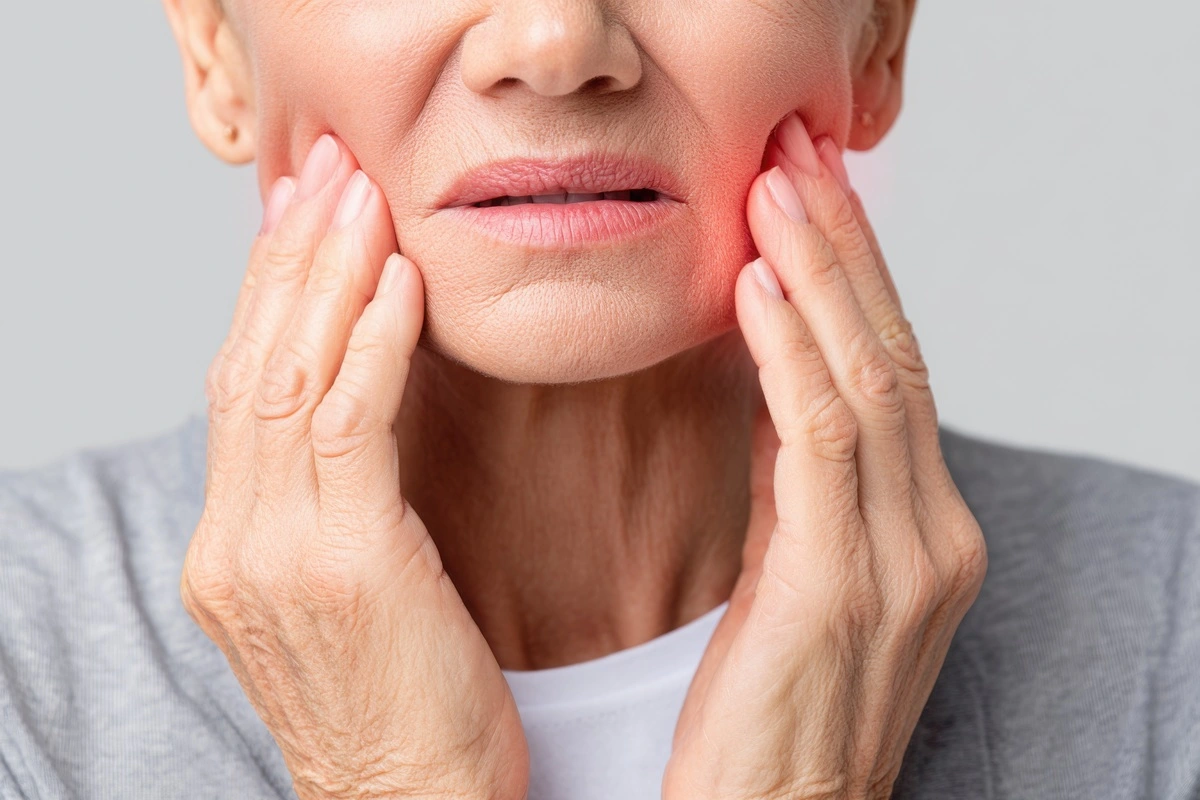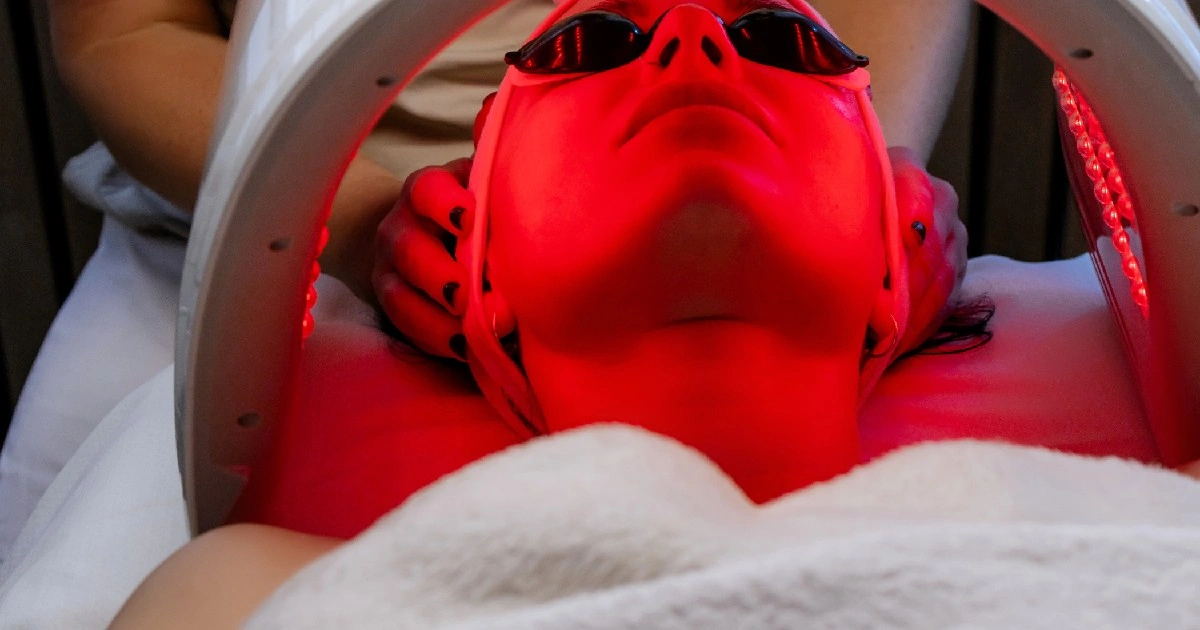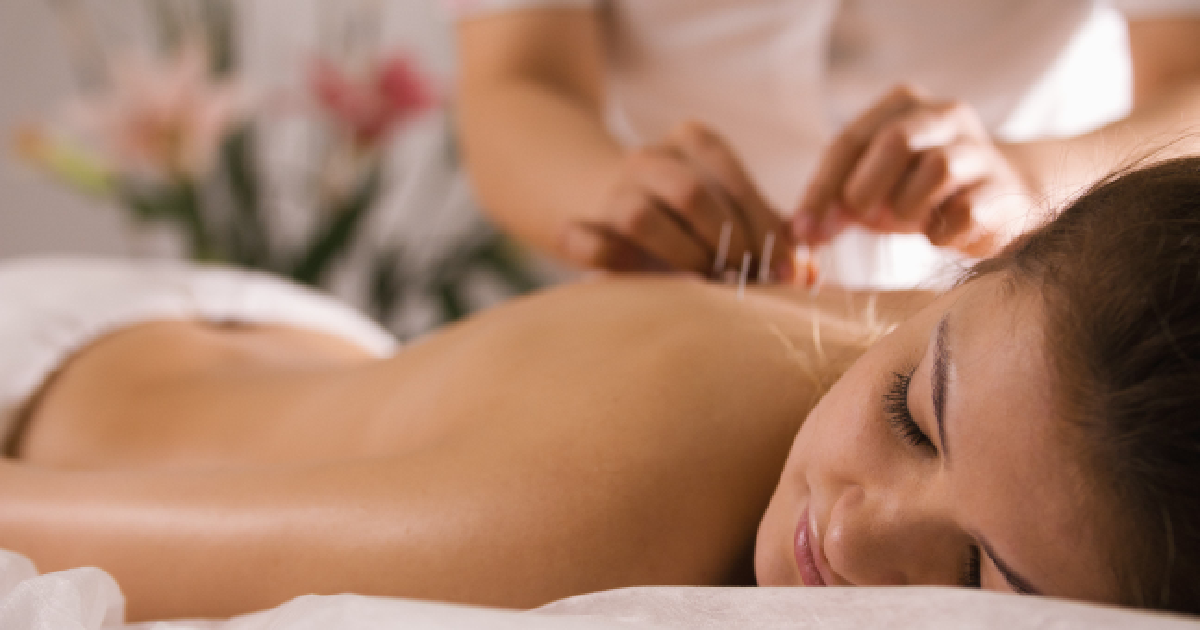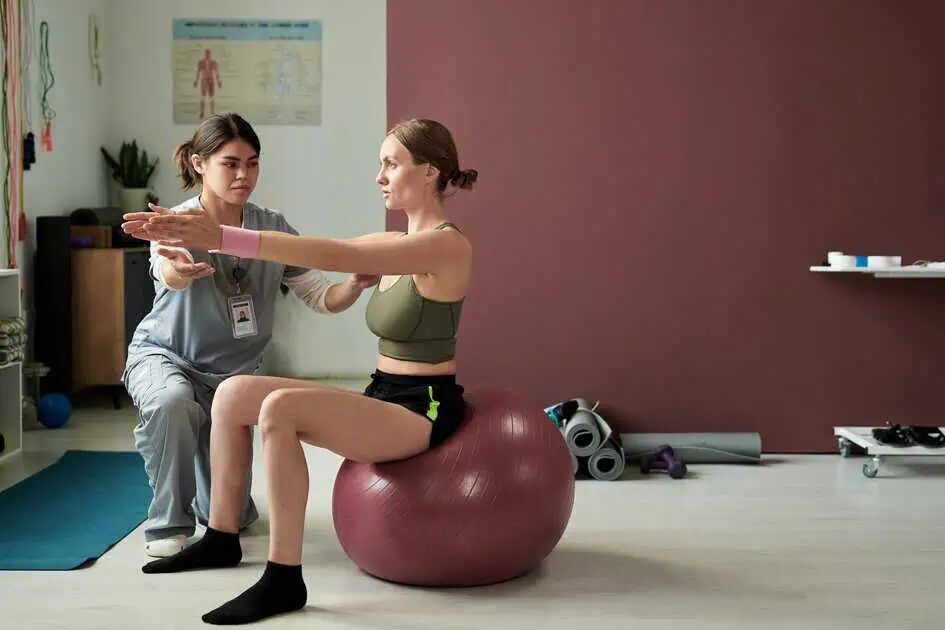Table of Contents
Cupping therapy has been gaining traction as a go-to method for relieving muscle pain. If you’ve been exploring alternative treatments, you might have come across this ancient practice. But how many sessions do you actually need to feel the benefits? Whether you’re dealing with chronic muscle tension or just looking for a way to enhance your overall wellness, finding the right balance in the frequency of your cupping sessions is key.
What is Cupping Therapy?
Cupping therapy involves setting cups on the skin to induce a vacuum, drawing the skin and underlying tissues into the cup. This suction facilitates blood flow to the treated area, promoting healing and reducing muscle tension. There are diverse forms of cupping, including dry cupping, wet cupping (which involves a small amount of controlled bleeding), and fire cupping (where heat is used to create the vacuum).
The process can alter slightly depending on the method used. Typically, a therapist will place the cups on specific body areas, often on the back, and leave them in place for a few minutes. The suction effect created by the cups is believed to facilitate blood circulation, lessen inflammation, and enhance the body’s natural healing processes.
Cupping Therapy Benefits
Cupping therapy offers a range of benefits:
- Pain Relief: Blood flow increases, alleviating muscle tension and promoting healing. This is particularly beneficial for chronic pain conditions like back pain, neck pain, and fibromyalgia.
- Improved Blood Circulation: Enhances blood circulation, nourishes tissues, removes toxins, and reduces inflammation, contributing to cardiovascular health.
- Stress Reduction: Alleviates stress and anxiety by reducing muscle tension and promoting relaxation.
- Muscle Relaxation: Effectively relaxes tight muscles, improves flexibility, and prevents injuries, which is especially useful for athletes.
- Detoxification: This is thought to aid in removing toxins from the body, leading to a feeling of rejuvenation and cleansing.
- Enhanced Immune System: Promotes better blood flow and reduces toxins, potentially strengthening the immune system.
- Skin Rejuvenation: Increases blood flow and collagen production, enriching skin texture and lessening wrinkles for a healthier appearance.
- Better Range of Motion: Increases flexibility and reduces muscle tension, improving joint and muscle mobility.
- Reduction in Cellulite Appearance: Improves blood flow and breaks down fat deposits beneath the skin, smoothing out the appearance of cellulite.
- Relaxation of the Nervous System: Provides a calming effect on the nervous system and benefits those with anxiety, insomnia, or stress-related conditions.
Factors Influencing the Number of Sessions
The optimal number of cupping therapy sessions needed for muscle pain relief can vary based on several factors.
Individual Health Condition
The frequency and number of cupping sessions required can depend significantly on an individual’s overall health and the severity of their muscle pain. Acute pain may require fewer sessions, while chronic conditions might necessitate more frequent treatments. Additionally, age and skin sensitivity determine how often cupping can be performed. Younger individuals typically recover more quickly and may handle more frequent sessions, whereas older adults or those with delicate skin might need to space out treatments to avoid irritation.
Treatment Goals
The purpose of cupping therapy also affects the number of sessions needed. For example, a few sessions might suffice if the goal is to relieve acute muscle pain. However, ongoing sessions may be required if the aim is to improve long-term mobility or treat chronic pain. Patients looking for maintenance and prevention might benefit from monthly treatments once their initial symptoms are controlled.
Cupping Technique
Different cupping techniques can also influence the frequency of sessions. Dry cupping, which involves placing suction cups on the skin without additional steps, might be done more frequently than wet cupping, which includes minor bleeding. The intensity and duration of the cupping session are also necessary; more intense sessions might require longer recovery times between treatments.
Recommended Session Frequency
For those beginning cupping therapy for acute muscle pain, starting with two to three sessions per week can be effective. This frequency helps to alleviate pain and reduce muscle tension quickly. Gradually reduce the number of sessions as your symptoms improve. Monitoring the body’s response to treatment and adjusting the schedule when necessary.
Once initial pain has subsided and health goals have been met, transitioning to a maintenance phase is beneficial. This typically involves one session per month or every three months, depending on individual needs and the chronicity of the condition. Maintenance sessions help keep the body balanced, address any new issues that arise, and sustain the benefits achieved during the initial phase.
Expert Recommendations
Tailoring the frequency and number of cupping sessions to an individual’s specific needs requires consulting with a qualified cupping therapist or a Traditional Chinese Medicine (TCM) practitioner. To develop a personalized plan, these professionals can assess the patient’s condition, health history, and treatment response. They will consider factors such as the type of cupping used, the intensity of the sessions, and the patient’s overall health.
Following specific guidelines ensures safe and effective cupping therapy. Proper hygiene and sterilization are crucial to prevent infections. Patients should avoid cupping during pregnancy or if they have conditions like anaemia, blood clotting disorders, or skin diseases. A professional assessment helps identify any contraindications and tailor the therapy to minimize risks and maximize benefits.
Potential Risks and Considerations
Cupping therapy is generally safe, but it can cause some temporary side effects. These include skin bruising and redness, which typically fade within a week or two. Some individuals might experience minor discomfort or soreness following a session. Communicate any pain or adverse reactions to the therapist to adjust future treatments as needed.
Certain medical conditions and circumstances warrant caution with cupping therapy. Individuals with skin sensitivity, pre-existing medical issues, or those taking specific medications should confer with their healthcare provider before starting cupping. This ensures that cupping therapy is appropriate for their situation and helps avoid potential complications.
Takeaway
If you’re considering incorporating cupping into your wellness routine, the Hudson Premier PT & Sports team is here to help. Our experts are trained in various techniques, including cupping massage and suction cup therapy, guaranteeing you acquire the best possible care tailored to your needs. We will work with you to identify the most effective cupping therapy points and develop a personalized treatment plan.
Experience the before-and-after benefits of cupping therapy for yourself. Book a consultation with Hudson Premier PT & Sports today and take the first step towards a healthier, pain-free life.






